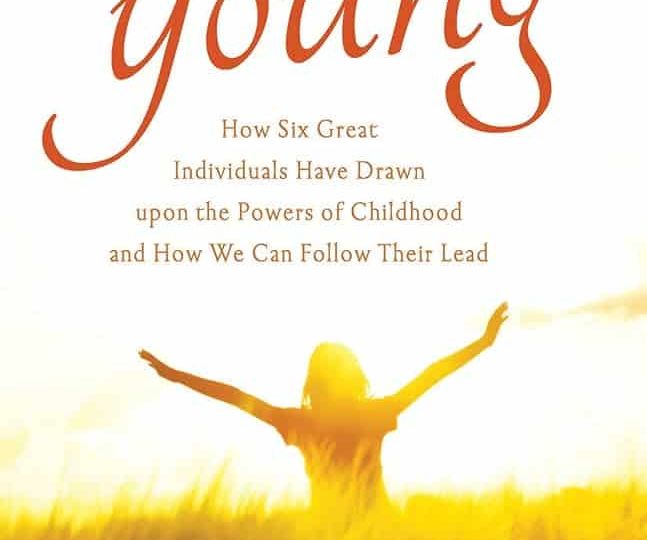
The East Hampton Star, Oct. 9, 2025
Jane Goodall
To the Editor:
I would like to say a few words about Jane Goodall, who died Oct. 1.
When I taught at the City College of New York, I created a course titled “Animal Behavior and Ethics.” My students and I discussed research on nonhuman animals and ethical issues with respect to our society’s treatment of them. At the center of the course were the life and work of Jane Goodall.
The students, especially the women, were inspired by her courage and initiative. They were amazed that Goodall, a 26-year-old secretary, ventured into an African forest and made important discoveries about wild chimpanzee behavior. The students also were impressed by her exhausting efforts to call attention to our mistreatment of chimpanzees and other animals, and of the Earth itself.
In 2021 I published a book partly as a way of telling people about her. The book is titled “Forever Young: How Six Great Individuals Have Drawn on the Powers of Childhood and How We Can Follow Their Lead.” Goodall is one of the six individuals, and I dedicated my book to her.
In the book, I emphasized how she tried to experience the forest in a childlike manner. For her, as for children, nature was a place of wonder and enchantment. In her autobiography, “Reason for Hope,” she described how she was enthralled by whatever she encountered in the forest — insects, birds, baboons and their playful youngsters, the lovely sounds of the lake. She talked to the wind and a mountain peak, and felt a oneness with the trees and her surroundings.
For Goodall, as for children, there were no firm boundaries separating humans from other living beings. She was open to the possibility that chimpanzees, like humans, have individual personalities, intelligence, and emotions. And she concluded that chimps are indeed like us in these ways. In the process, she contributed a new scientific picture of our close relatives.
The value of childhood modes of experience is rarely appreciated in our society. Our educational system pushes children at the youngest grades to master the kinds of rational thinking that are prized by adults. Education officials seldom consider the need to preserve childhood qualities such as a sense of wonder and oneness with nature. Goodall’s life and work illustrate why this is a big mistake.
BILL CRAIN
